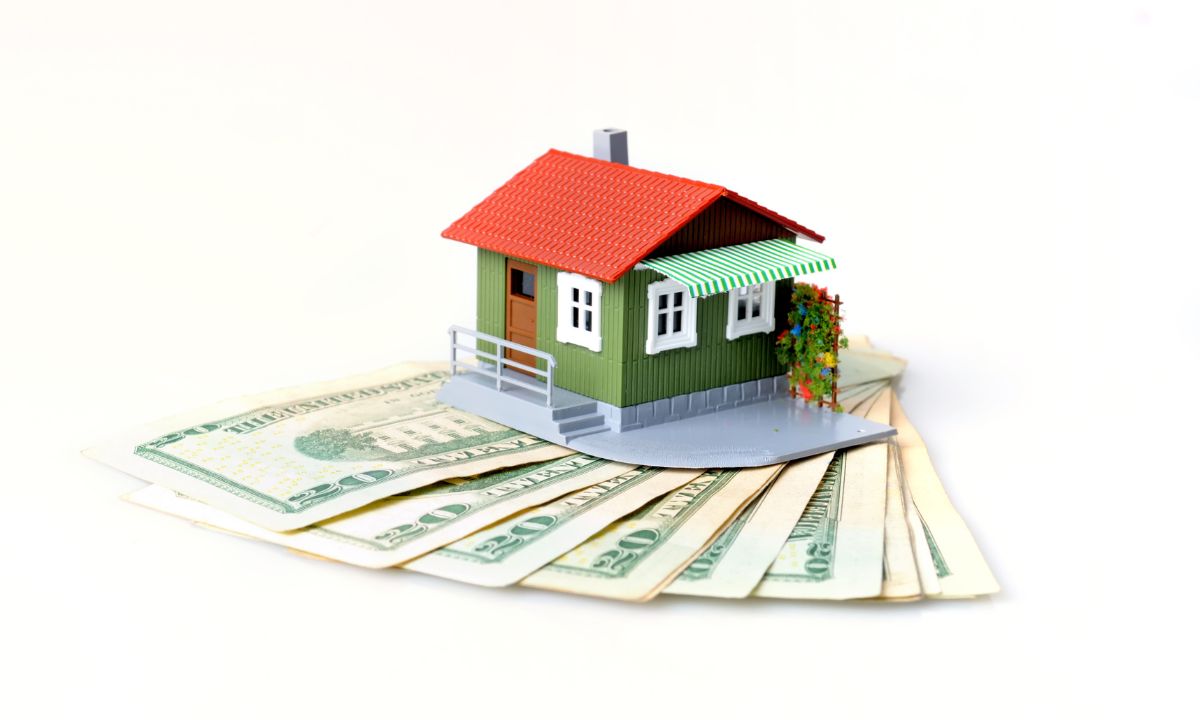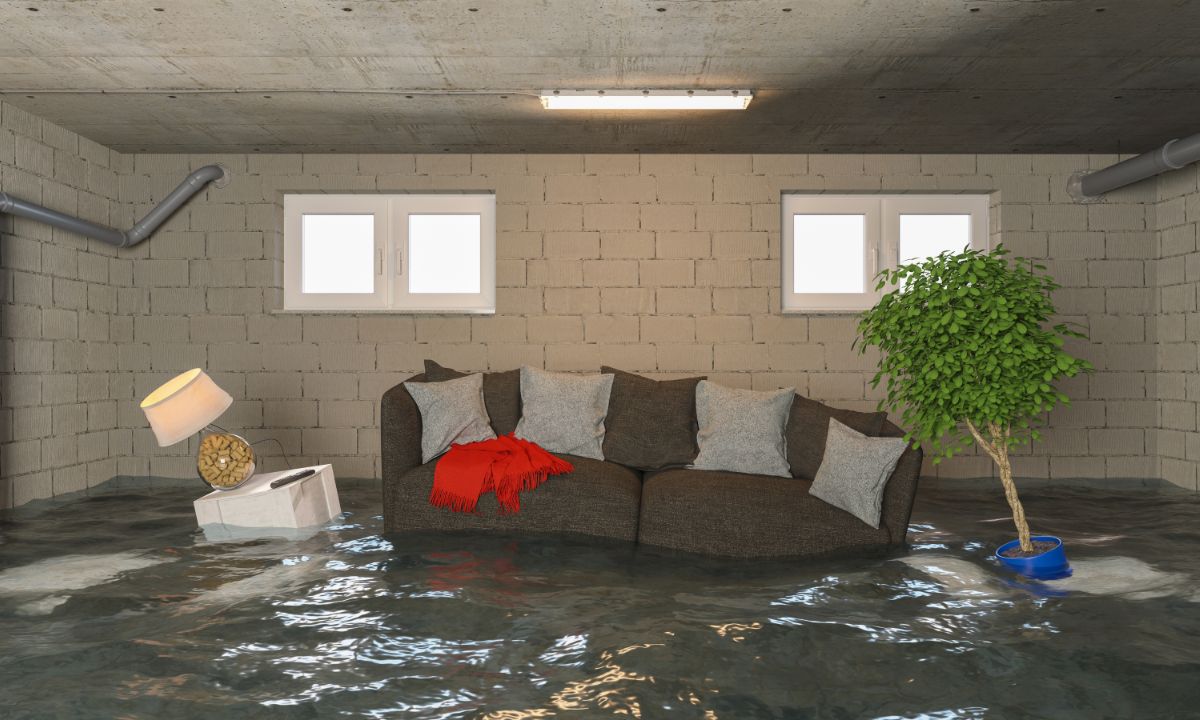 When preparing to sell your home, one critical decision you’ll face is whether to sell it as-is or invest time and money into repairs and updates. The right choice depends on your unique situation, but understanding the implications of each approach can help you make an informed decision.
When preparing to sell your home, one critical decision you’ll face is whether to sell it as-is or invest time and money into repairs and updates. The right choice depends on your unique situation, but understanding the implications of each approach can help you make an informed decision.
The Current Market Landscape
According to a study by the National Association of Realtors (NAR), 61% of home sellers completed at least minor repairs before listing their property. On the other hand, 39% opted to sell their homes as-is. This suggests that while many sellers see the value in sprucing up their homes, a significant portion decides against it due to constraints like time, resources, or personal circumstances.
What Does Selling As-Is Mean?
Selling a home as-is indicates that you won’t be making any repairs before the sale, nor will you entertain post-inspection fixes. Essentially, it’s a “what you see is what you get” transaction.
This option offers convenience and can reduce the stress associated with preparing a home for sale. However, it’s important to recognize the trade-offs:
- Fewer Buyers: Many buyers seek move-in-ready homes and might shy away from properties requiring immediate repairs or updates.
- Lower Offers: Homes in need of work often fetch lower sale prices, as buyers factor in the costs and effort of renovations.
- Longer Time on the Market: Limited buyer interest can lead to extended timeframes for selling your property.
That said, today’s market conditions present an interesting opportunity. With affordability challenges and inventory still below historical norms, 56% of buyers surveyed say they’re open to purchasing homes that need work. For these buyers, the chance to customize a home to their liking is worth the effort.
The Benefits of Making Repairs
Homes that are well-maintained and updated tend to attract more interest, sell faster, and command higher prices. Investing in repairs doesn’t mean you have to undergo major renovations. Small updates, such as fresh paint, minor landscaping, or fixing visible issues, can make a big difference.
Here are some common upgrades that deliver a strong return on investment:
- Painting walls in neutral colors.
- Repairing or replacing worn-out flooring.
- Updating light fixtures or faucets.
- Enhancing curb appeal with basic landscaping.
These improvements can help your home stand out in a competitive market, appealing to buyers who prefer a turnkey property.
How a Real Estate Agent Can Help
Navigating the decision to sell as-is or after repairs is easier with the guidance of a professional real estate agent. An experienced agent will:
- Provide a market analysis to determine how your home compares to similar properties in your area.
- Help you understand the potential return on investment for any repairs or upgrades.
- Offer insights into buyer preferences and market conditions in your local area.
- Strategize an effective marketing plan to highlight your home’s strengths, regardless of its condition.
For homes sold as-is, we will emphasize features like location, size, or layout to ensure buyers see the property’s potential, not just its challenges.
Selling a home as-is or making repairs each comes with advantages and challenges. The right choice depends on your goals, resources, and timeline. To ensure you’re making the best decision for your situation, give us to call so we can provide tailored advice and support. By carefully weighing your options, you can navigate the selling process with confidence.
 As the temperatures drop, keeping your home warm without drastically increasing your energy costs is a priority for many homeowners. Fortunately, there are simple yet effective strategies that can help you conserve heat while enhancing your home’s energy efficiency. By following these tips, you can maintain a comfortable indoor temperature, reduce your heating bills, and do your part to minimize your environmental impact.
As the temperatures drop, keeping your home warm without drastically increasing your energy costs is a priority for many homeowners. Fortunately, there are simple yet effective strategies that can help you conserve heat while enhancing your home’s energy efficiency. By following these tips, you can maintain a comfortable indoor temperature, reduce your heating bills, and do your part to minimize your environmental impact. As a homeowner, protecting your property from water damage is essential to maintaining your home’s value. Water is one of the most destructive forces that can affect your home, but with a little proactive care, you can significantly reduce the risk of costly repairs. Here are some practical tips to help you prevent water damage and keep your home in top condition:
As a homeowner, protecting your property from water damage is essential to maintaining your home’s value. Water is one of the most destructive forces that can affect your home, but with a little proactive care, you can significantly reduce the risk of costly repairs. Here are some practical tips to help you prevent water damage and keep your home in top condition: Living with pets brings endless joy, but it can also mean dealing with a few challenges, especially when it comes to protecting your furniture and home from potential damage. Whether you have a playful pup or an energetic cat, pet-proofing your living space is essential to keeping both your pet and your home in good shape. Here are seven practical tips to help you protect your floors, furniture, and belongings from pet mishaps.
Living with pets brings endless joy, but it can also mean dealing with a few challenges, especially when it comes to protecting your furniture and home from potential damage. Whether you have a playful pup or an energetic cat, pet-proofing your living space is essential to keeping both your pet and your home in good shape. Here are seven practical tips to help you protect your floors, furniture, and belongings from pet mishaps. A clean, well-maintained home isn’t just visually pleasing—it’s an investment in the longevity and value of your property. If deep cleaning feels overwhelming, rest assured you’re not alone. Here are essential deep-cleaning strategies tailored to help you efficiently tackle the challenge and maintain a pristine living environment.
A clean, well-maintained home isn’t just visually pleasing—it’s an investment in the longevity and value of your property. If deep cleaning feels overwhelming, rest assured you’re not alone. Here are essential deep-cleaning strategies tailored to help you efficiently tackle the challenge and maintain a pristine living environment. When it comes to buying or selling a home, there are many factors to consider, and one critical issue that sometimes gets overlooked is lead poisoning. Lead exposure, especially in older homes, can pose serious health risks to both children and adults. Here’s what you need to know as a buyer or seller and how it can impact your real estate transaction.
When it comes to buying or selling a home, there are many factors to consider, and one critical issue that sometimes gets overlooked is lead poisoning. Lead exposure, especially in older homes, can pose serious health risks to both children and adults. Here’s what you need to know as a buyer or seller and how it can impact your real estate transaction.